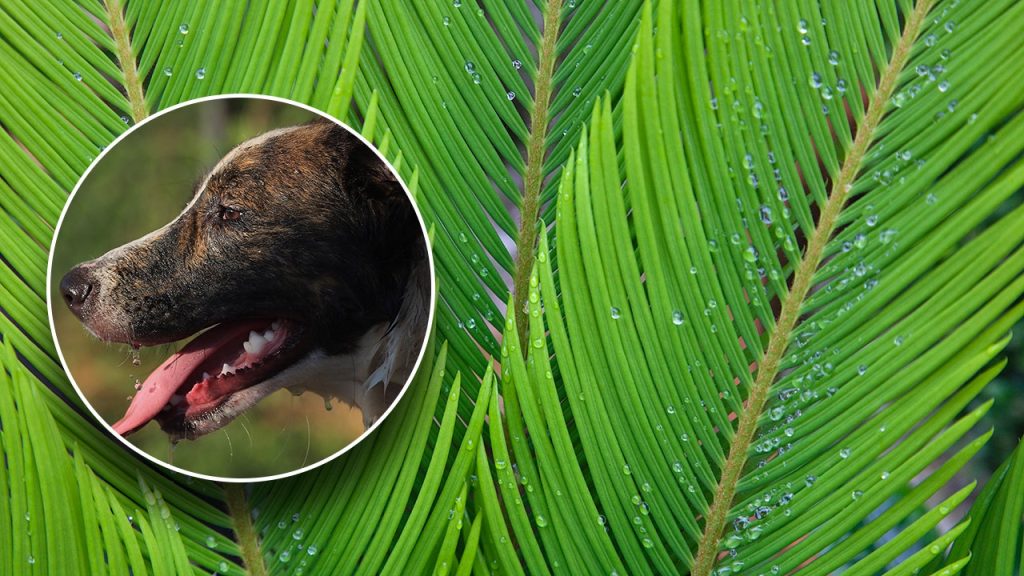Having plants in and around your home can add color and create a calming atmosphere, but it’s important to be cautious if you have pets. Many common plants can be toxic, causing harm to your beloved furry friends. Some popular plants that are dangerous for pets include lilies, sago palms, tulips, azaleas, kalanchoe, schefflera, oleander, and chrysanthemums. For example, lilies can cause severe kidney damage in cats, while sago palms can lead to liver failure and death in pets if ingested.
Tulips, especially their bulbs, can be dangerous for pets, and azaleas have been known to cause vomiting, diarrhea, and cardiac failure in dogs and cats. Even common indoor plants like schefflera can have harmful effects on pets, causing symptoms like vomiting, drooling, and difficulty swallowing. It’s important to research any plants you bring into your home to ensure they won’t harm your furry friends, and to keep toxic plants out of reach.
If your pet does ingest a toxic plant or shows signs of poisoning, it’s crucial to contact your veterinarian or an emergency clinic as soon as possible. Some common symptoms of plant poisoning in pets include vomiting, diarrhea, drooling, and abdominal pain. In order to keep your pets safe, consider choosing non-toxic plants like sunflowers, magnolia bushes, or snapdragons for your yard, as these can add color without posing a risk to your furry friends.
In the summer months, many plants bloom and add beauty to outdoor spaces, but it’s important to be aware of the potential dangers for pets. Many colorful and popular plants can be hazardous to animals, causing symptoms like depression, diarrhea, and abnormal heart rhythms. Oleanders, for example, are highly toxic to pets and can lead to serious health issues or even death if ingested. To protect your pets, always research plants before bringing them into your home, and take precautions to keep toxic plants out of your pet’s reach.
Some common indoor and outdoor plants that are toxic to pets include lilies, sago palms, tulips, azaleas, kalanchoe, schefflera, oleander, and chrysanthemums. These plants can cause a range of symptoms in pets, such as vomiting, diarrhea, and organ failure. To keep your furry friends safe, consider choosing non-toxic plant options for your home and yard, and be vigilant about keeping toxic plants away from pets. If you suspect your pet has ingested a poisonous plant, seek immediate veterinary care to ensure their safety and well-being.
By being mindful of the plants you bring into your home and yard, you can create a safe and pet-friendly environment for your furry friends. Researching the toxicity of plants, keeping toxic plants out of reach, and knowing the symptoms of plant poisoning can help you protect your pets from harm. With proper precautions and knowledge, you can enjoy a vibrant and colorful living space while ensuring the safety and well-being of your beloved pets.


